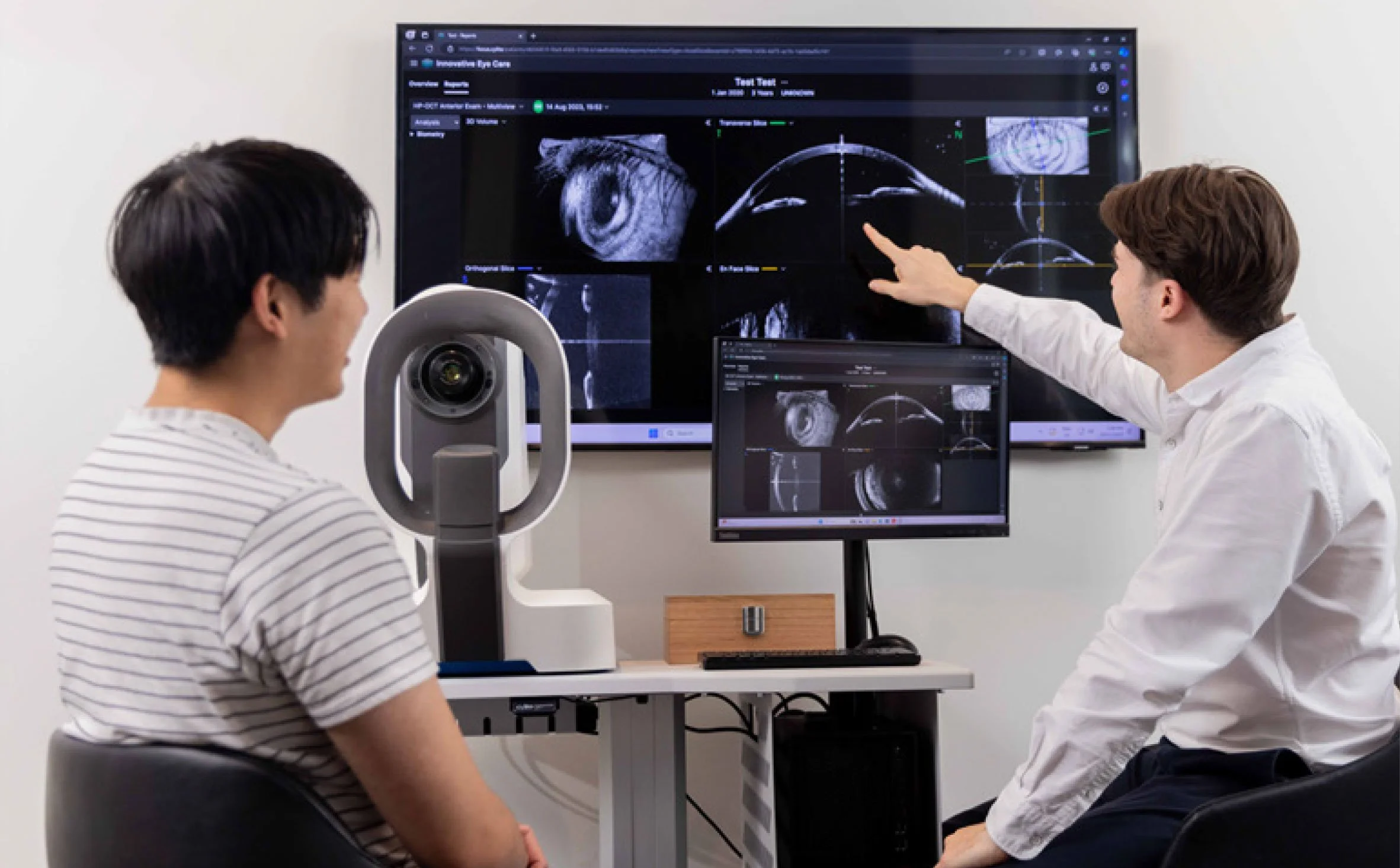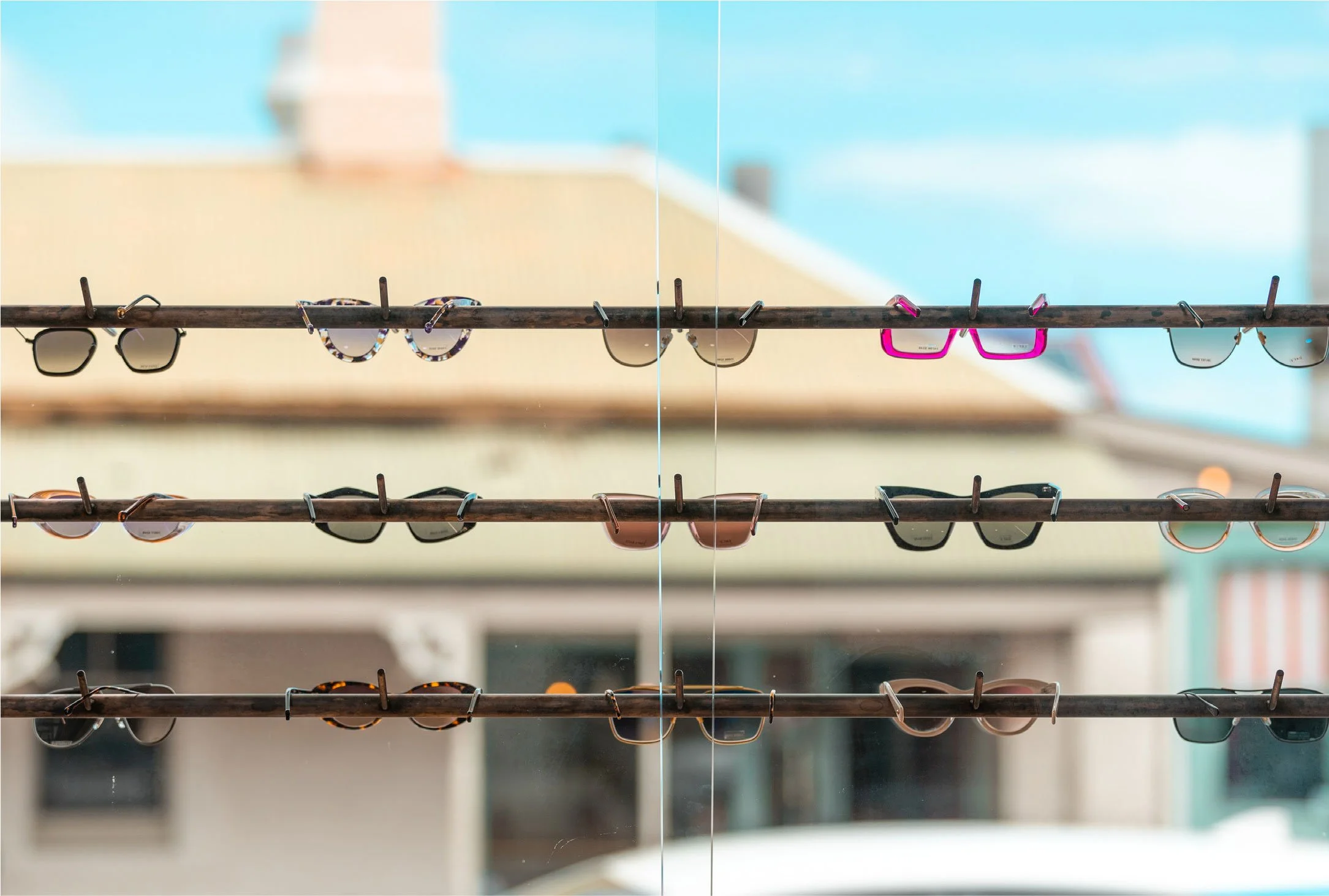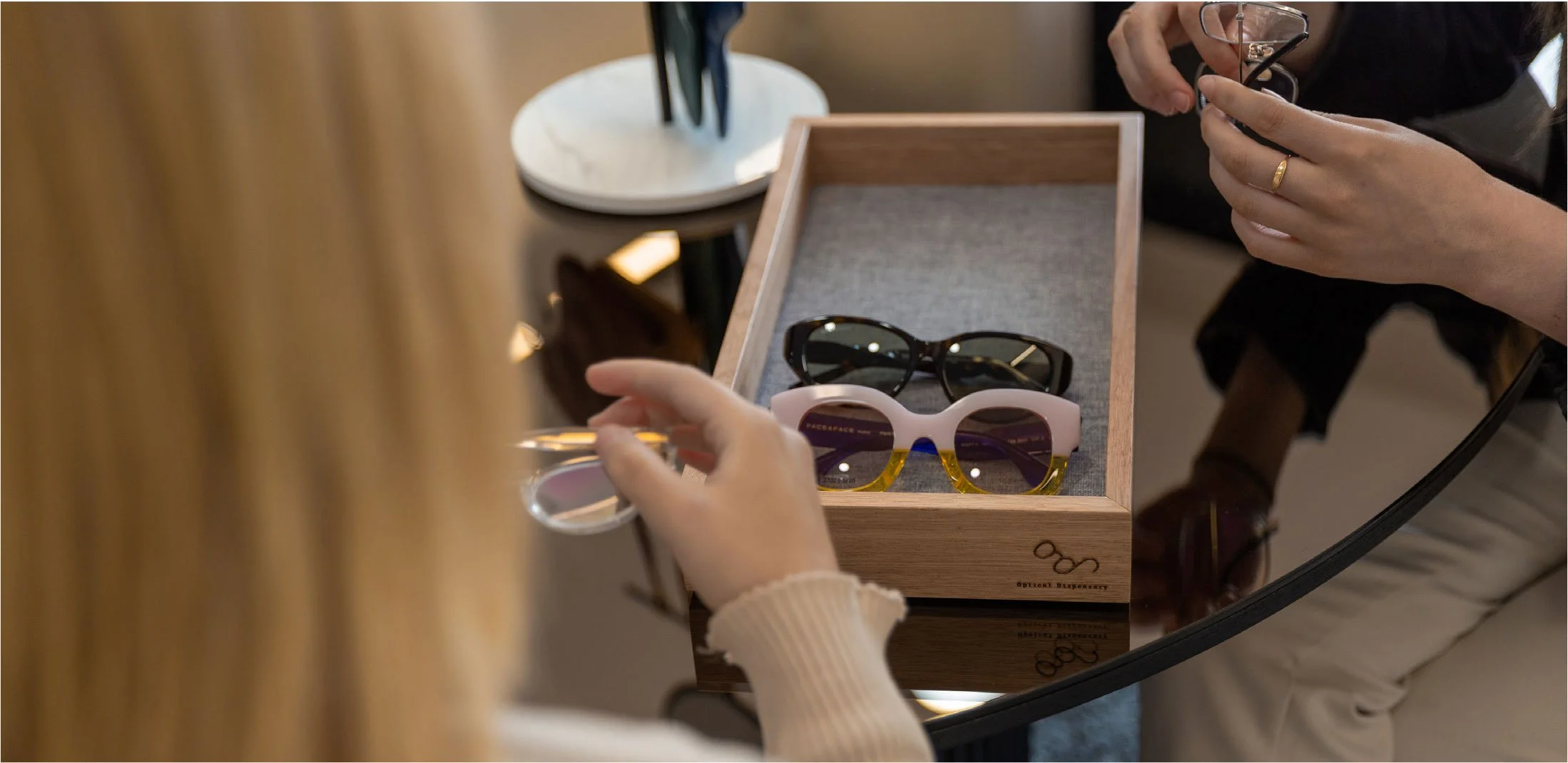Local Vision: Inside South Australia’s Innovative Eye Care | The Optical Dispensary
When it comes to eye health, choosing the right optometrist and eyewear provider makes all the difference. The Optical Dispensary, a trusted name in South Australia, has been serving communities with exceptional care, advanced technology, and an unwavering commitment to personalised service. With decades of experience and a strong focus on both function and fashion, the team has helped generations of families see and feel their best.
In this exclusive Q&A, we sat down with the experts at The Optical Dispensary to talk about their journey, their approach to patient care, the latest eyewear trends, and practical tips for protecting your vision in today’s digital world. From managing myopia in children to choosing the perfect pair of glasses, here’s what they had to say.
What inspired you to become an optometrist, and what do you love most about your work?
Providing a niche service that improves a patient's quality of life is deeply rewarding because vision impacts almost every aspect of daily life. By offering bespoke care, such as advanced contact lenses or managing eye health conditions, you can transform how a patient experiences the world. The most fulfilling part is seeing the positive change when patients realise the difference better eye care makes, boosting their confidence and well being.
How is your independent practice unique, and what benefits do you offer your patients?
For over 70 years, Innovative Eye Care has been at the forefront of optometric practice. An amalgamation of longstanding South Australian independent optometrists, Innovative Eye Care has been guided by a tradition of excellence and innovation. To us, patients are not just a number. We build lasting relationships by practicing generational eye care, with some patients coming to us every year for the past 50 years! Our optometrists are industry leaders, with special interests in contact lenses, paediatric vision and therapeutic optometry. We invest in the latest technology, so we can provide exceptional care for complex eyes.
Can you tell us about the philosophy behind your practice and how you approach patient care?
We believe in practicing full scope optometry and providing all patients with comprehensive care and exceptional service. Every patient has a unique combination of needs, and our mission is to provide the best optometric care possible to meet those needs. We use state-of-the-art technology for testing the highest quality customised products, and the most personalised service.
What are some of the most common eye health issues you see in patients today?
Myopia (short-sightedness) is becoming increasingly common, particularly in children. Currently, 30% of the population is shortsighted and by 2050, it is predicted that half of all people on the planet will be myopic. Usually, myopia begins to develop in early teenage years, and it commonly gets progressively worse over the following few years. The development of myopia is influenced by both genetic and environmental factors (like increased screen time, and decreased time outside). While myopia cannot be reversed in adults, it can be controlled in young people with myopia control strategies. This is important because as the eye grows longer and the level of short-sightedness increases, the tissues at the back of the eye become stretched and damaged, which can cause blinding eye diseases like retinal detachment, glaucoma and cataract.
With more people spending time on digital screens, how is this impacting eye health, and what can people do to protect their vision?
Love it or loathe it − the world we live in has become increasingly digital. Given the amount of time we all spend using digital devices, it is no surprise that eye strain is experienced frequently amongst users. Our eyes can mostly focus well on near devices, though conditions such as hyperopia, astigmatism, and presbyopia can lead to significant blur and strain with screen use glasses or contact lenses can help in this situation. Even if your eyes focus well on digital screens, the eye muscles will fatigue over time, giving the classic symptoms of digital eye strain: ache around the eyes, blurred vision and tiredness. This is known as computer vision syndrome. Taking breaks from your screen every 20 minutes and looking in the distance for 20 seconds can help delay the onset of these symptoms. If you use computers for long periods, special anti-fatigue spectacle lenses may help you. These have a small reading prescription incorporated which does some of the focusing for you, taking the edge off your symptoms.
How often should people have their eyes tested, and why is regular eye care important?
People should generally have their eyes tested every 2-3 years, even if they don’t have any vision problems. Children, anyone over 65 years, and those with existing eye conditions or risk factors should get their eyes checked annually. Regular eye care is important to detect vision changes early, prevent eye disease, reduce digital eye strain and monitor overall health.
What eyewear trends are you seeing this season, and what’s particularly popular among your customers?
The Optical Dispensary is a South Australian luxury eyewear destination. All combined to form Australia’s most prestigious eyewear, whilst we love to keep up with the latest trends we find that our ethos is tailored to find the most individual style frame that celebrates your personality.
How do you help patients find the perfect pair of glasses to suit their face shape and lifestyle?
When helping customers choose the perfect frame, considering their prescription is paramount. Understanding their personal style is equally crucial. What colours do they gravitate towards? What's their personality like? Will these glasses be a statement piece or worn only occasionally? Once a few options are selected, comfort is key. The frame must fit well and feel good. Choosing eyewear is a significant decision, as it's an accessory worn daily. Customers may need time to consider their options, and that's perfectly fine. The right frame should be a perfect fit, both physically and stylistically.
What should people consider when choosing eyewear for both function and fashion?
Heeding your dispenser's advice regarding your prescription is essential. Certified dispensers understand how your prescription impacts lens selection and can guide you toward suitable options. Select a design that matches your personal style—whether classic, trendy, or sporty—to complement your wardrobe. Choose frames that suit your face shape (e.g., round frames for square faces, angular for round faces) to balance both style and fit. By considering both eye protection and aesthetics, you can choose eyewear that’s both functional and fashionable.
Do you have any favourite frame brands or collections that you’re excited about right now?
Our Henley Beach dispensary is excited to introduce Marc Vincent eyewear, a beautifully vibrant collection designed and distributed by a Melbourne-based creator. We're proud to support Australian businesses and be part of a family-owned company. Meanwhile, our Adelaide dispensary features LINDBERG frames, a lightweight, strong, and minimalist collection offering endless customization possibilities to suit individual style.
What should consumers look for when choosing quality sunglasses for UV protection?
When choosing sunglasses for UV protection, consumers should look for:
UV Protection: Ensure they block 100% of UVA and UVB rays (UV400).
Lens Material: Opt for durable materials like polycarbonate or high-index plastic.
Lens Colour: Choose based on activity (grey for brightness, amber for contrast, yellow for low-light).
Polarization: Helps reduce glare, improving comfort and clarity.
Fit and Coverage: Ensure a good fit, ideally with wrap-around designs for full protection.
Certifications: Look for FDA approval or CE mark for quality standards.
Lens Coatings: Anti-reflective or scratch-resistant coatings can enhance durability
Are expensive sunglasses always better, or are there affordable options that offer the same level of protection?
Expensive sunglasses are not always better when it comes to UV protection. UV protection is a standard requirement for all sunglasses, regardless of price, so affordable options can provide the same level of protection as high-end ones. In summary, you don’t have to spend a lot to get excellent UV protection—focus on the UV400 rating and lens material to ensure proper eye safety, and you can find affordable sunglasses that meet these standards.
What are the risks of not wearing proper UV-blocking sunglasses, even on cloudy days?
Even on cloudy days, UV rays can harm your eyes, leading to risks like eye damage (e.g., cataracts), sunburn (photokeratitis), skin cancer around the eyes, premature aging of the skin, eye strain, and light sensitivity. Wearing proper UV-blocking sunglasses helps protect against these risks year-round.
Why do you believe it’s important for consumers to support independent optometry practices?
Absolutely! We are big believer in supporting local and helping South Australia grow as a state. Supporting independent optometry means you are building stronger communities. We take pride in supporting local spectacle lens labs, Australian manufactures of spectacle frames and contact lenses. We love establishing long term relationships with our patients, their children, and even their grandchildren!
What’s one thing most people don’t realise about their eyes that they should?
How crucial regular eye exams are, even if they’re not experiencing any noticeable problems with their vision. Many serious eye conditions, like glaucoma or macular degeneration, can develop gradually without obvious symptoms until they’ve caused significant damage. Early detection through a comprehensive eye exam can help prevent or manage these conditions, preserving vision and overall eye health. It’s not just about correcting your vision but maintaining long-term eye health.




